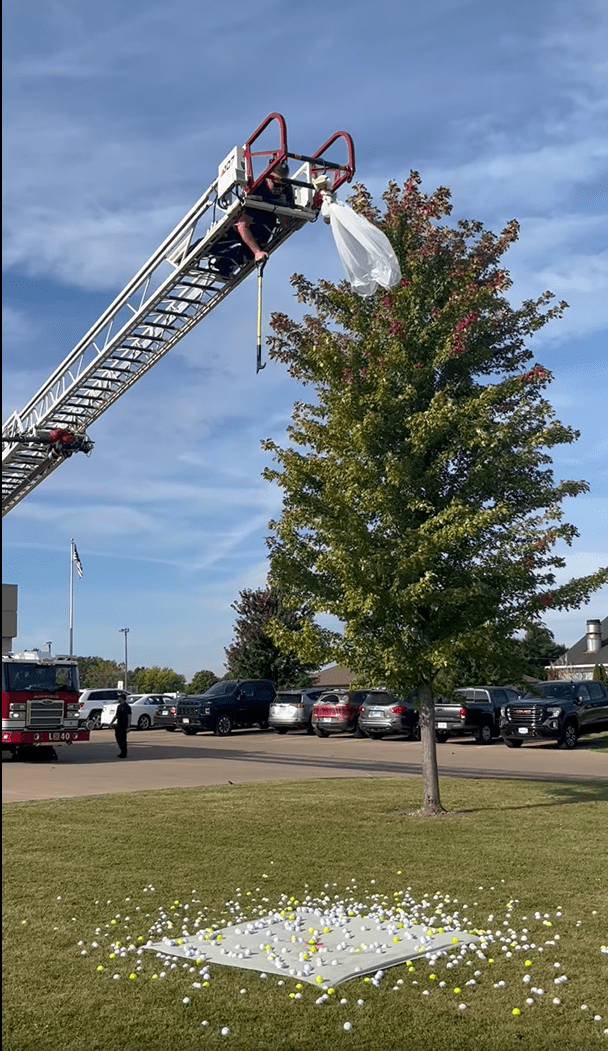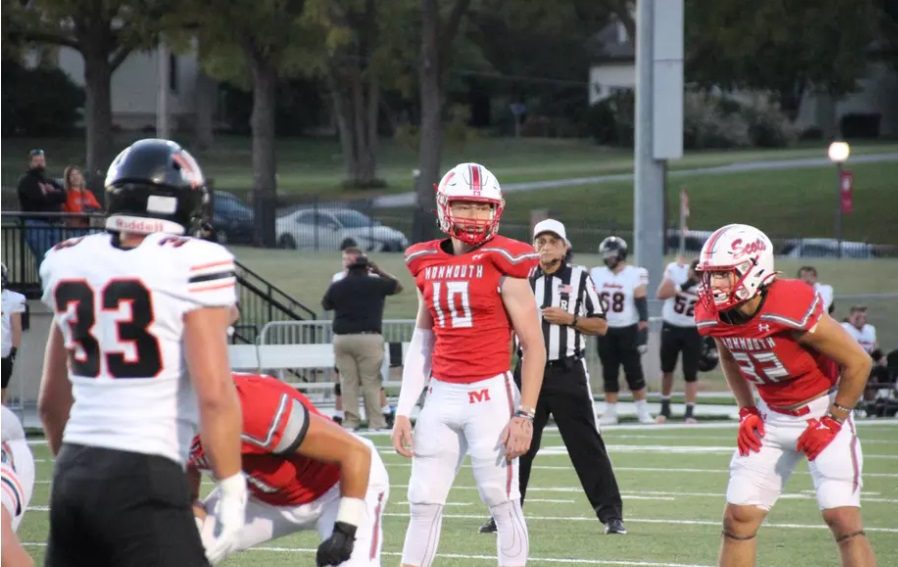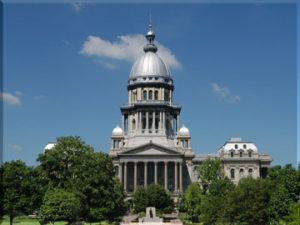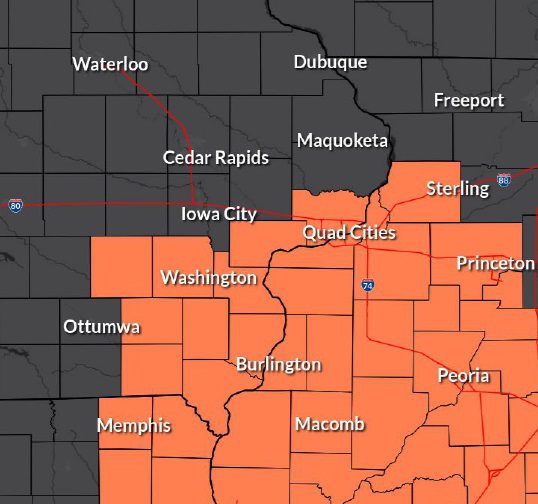By Thomas Best
Last week, I began my series on crossing the country by of the famed Route 66. This week, and the weeks to come, I will offer a brief summary of what you can see and do Route 66. Let’s start right here in our own state of Illinois, with about 300 miles of Route 66. Today, we will cover northern Illinois.
We began our trip on a Sunday in early May and headed for downtown Chicago. At the corner of Adams and Michigan, you can look up and see a brown sign which announces that you are at the starting point for Route 66. Most people, outside of those from the west coast, appear to favor an east to west trek, and visit the Windy City first. Here they first visit the “Bean,” Buckingham Fountain, the Art Museum, Navy Pier, and even the homes of the Cubs and the White Sox. It’s too bad that some of Route 66’s most famous early stops in Chicagoland are gone. One of these places was called “Whoopee Land” where cars drove along a winding and up and down wooden track resembling a roller coaster.
Joliet was our second stop. This city features artistic sculptures at their visitor’s center, connections to the Blues Brothers and the Old State Prison, an iconic ice cream stand—the “Rich and Creamy” and Dick’s Auto Repair Shop with a display of vintage cars and original bricks from early sections of Route 66. However, I would be remiss if I didn’t mention a new museum in downtown Joliet, the new Illinois Rock and Roll Museum. You don’t want to miss this. Heading South to Braidwood, you must pause at the Polk-a-Dot Restaurant where you will be greeted by a series of statues ranging from Betty Boop to James Dean. I stood next to Superman in his phone booth before going over to put my arm around Marilyn Monroe! This is also where we met up with a group of motor cycle riders from Germany. They were almost at the end of their journey riding from Los Angeles to Chicago. We shared a fascinating chat about the German heritage of many Midwesterners. There is also a creative animal park on the other side of the road where the creatures are made out of metal. Just down the road a little further, you must stop at Gardner to see their unique two cell stone museum and an old horse-drawn street car converted into a diner (unfortunately, it is only a historical artifact today).
Within another hour you will be stopping in Dwight where there is a quaint railroad station dating to the 1890s, a well-preserved Texaco Gas Station built in the 1930s, complete with an old fire truck where you can still sit up front and ring the bell. Before long, you will arrive at the headquarters and museum for the National Route 66 Association located in Pontiac. The museum’s guides will lead you to their most beloved artifacts: specifically, the famed Bob Waldmire’s bus (nicknamed the “Yacht”) and Bob’s yellow van still stocked with all his goods he used in driving Route 66 and creating many well-known paintings, posters, and postcards. Believe me, if you have seen drawings and paintings of Route 66, they are most likely the work of Bob Waldmire. Surrounding the museum are incredible murals showing the entire map of Route 66, scenes from old-time downtown Pontiac, and the most attractive Pontiac Oakland Car museum. You can’t drive Route 66 without spending at least an hour in Pontiac.
Well, that’s far enough for today. Next week, we’ll continue down Route 66 through central Illinois heading for St. Louis.
photo by: https://illinoisroute66.org/travel-66/













